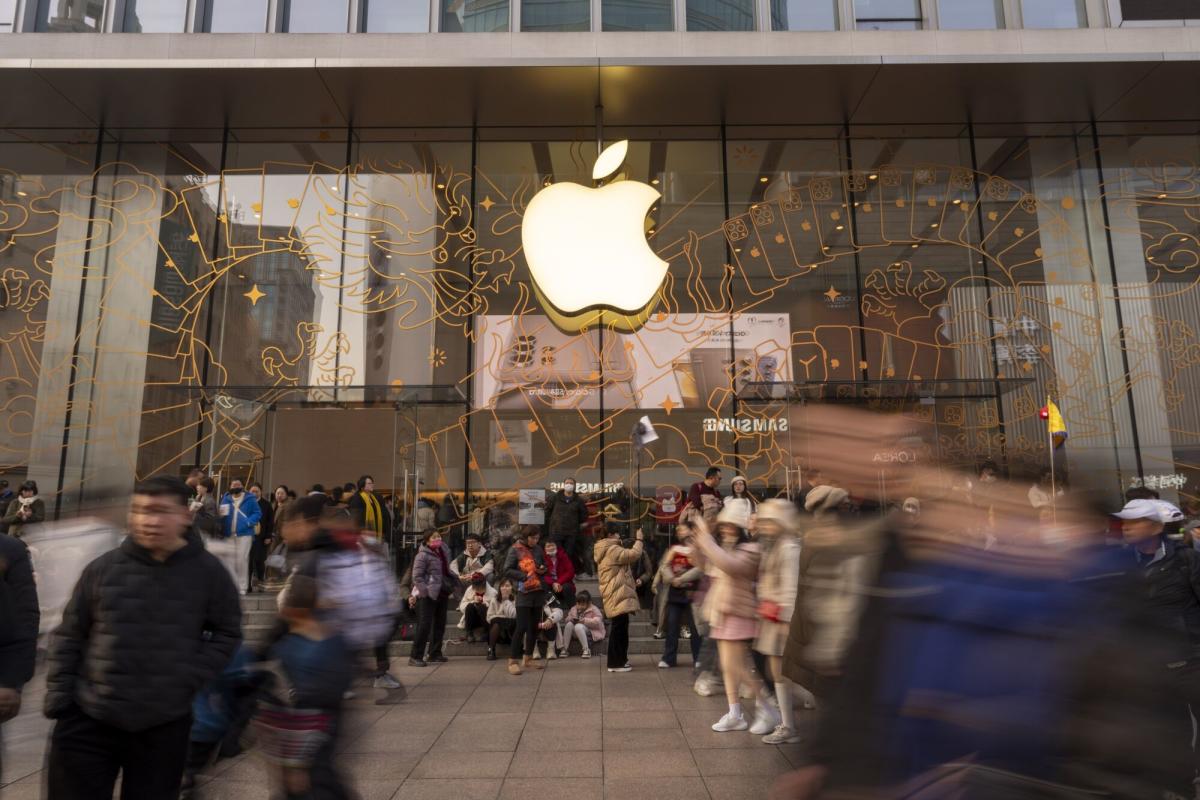One of the most interesting topics I have learned during my time in this industry is the concept of phygital assets. On paper, it’s a simple concept. Phygital = Physical + Digital
For mathematically challenged folks, a phygital asset is a physical asset sold digitally. “But what’s so special about it? I shop from Amazon all the time.” -You, probably.
Sure, the concept of e-commerce has been done to death. Perfected even. So, what makes phygital assets different?
First, phygital sounds way cooler than e-commerce, so that’s a positive! But the current apps and websites facilitating e-commerce build it using web2 technology. The difference is in the approach. The term ‘phygital’ is used only in the context of web3 technology. Here is how it works:
- You buy an NFT representation of your asset from the NFT marketplace.
- The ‘receipt’ of your transaction transfers to your crypto wallet as an NFT.
- Once deposited, no third party can legally interfere with the content of your crypto wallet.
- Your order gets delivered through traditional supply chains like UPS, FedEx, etc.
Privacy and profiling
Traditional web2 transactions on websites like Amazon collect a LOT of user data. Multiple trackers and bots are snooping around and building your user profile during an Amazon transaction. Then, you are served ads based on your digital identities and browsing patterns. And in an age where information is the most influential resource, you do not want to just give it away for free!
In the web3 ecosystem, things run differently. Things are much more decentralized. As such, no dedicated entity is monitoring your browsing data. So, there isn’t a central player that can manipulate your browsing habits with their technical inputs.
Access to user’s data
Secondly, as things stand right now, web3 offers more privacy than web2. Try signing in to Amazon, and you will be prompted to add your email, phone number, address, and your user data as directed by their ‘privacy’ policy.
Now log onto any blockchain-based online store, and the most you will connect is your wallet and an email. And this is where decentralization kicks in. Even if the dApp wanted to collect, there isn’t enough data to make user profiles. Therefore, you won’t be getting spammed after buying a Nike NFT!
Ease of access
My roommate ordered a Bluetooth mouse from Amazon a few days ago. The package he received was of a different product. He tried to raise the issue, but the mouse had already been delisted. And thus, he couldn’t access the order details. What a situation!
What followed was a week-long tussle, complaint escalations, and headaches. Fortunately, the issue was resolved later.
The inability to access the transaction details won’t be a problem in phygital transactions. The receipt is directly deposited to the user’s crypto wallet as an NFT. As such, both parties have access to the transaction records around the clock.
And since no one can snatch your NFT without your permission, the receipt will always be there with you. Should you need it, of course!
Data validity
There is a concept called Oracles in the blockchain tech-sphere. Since blockchains are just a network of computers transferring files as tokens, there is no concept of the outside world for a blockchain. If you ask the Ethereum network to send some ETH from one wallet to another, it will do so gladly.
However, the same Ethereum blockchain has no concept of yesterday’s tennis match. There are specialized tools for adding off-chain information to a blockchain. The data is verified by validators, and the score will be added to the dApp that wants to make a sports-based, well, dApp.
This system allows active fact-checking, as the data has to be corroborated by multiple people before being published. As such, the amount of wrong information that can pass through a system is reduced.
In traditional systems, there is generally just one intern filling out the data sheets, and they have to ensure accuracy.
Data verification is essential in complex economic systems like online luxury goods purchases. Such a system not only increases credibility but also encourages better business practices. And the more eyes there are to process a problem, the better the chances to spot a mistake.
Oracles are a fascinating topic in themselves. I should probably cover them!
Tons of traditional brands are embracing NFT technology in the current crypto and blockchain market. The most frequent criticism of NFTs is their lack of utility. Sure, a $1000 profile picture might resell for a lot more, but it was just seen as overpriced art on a blockchain.
However, phygital assets allow the NFT to take its place as a certification and not just as cool monkeys. For example, last year, the total fashion phygital NFT sale was over $1.3 Billion, led by Nike and Adidas!
And this number was in a year that saw most cryptocurrencies plummet in value. As more mainstream brands start selling in the web3 infrastructure, this number is bound to increase.
But yeah, never mind, €7000 is too much. Let’s just scrap the whole operation!
















